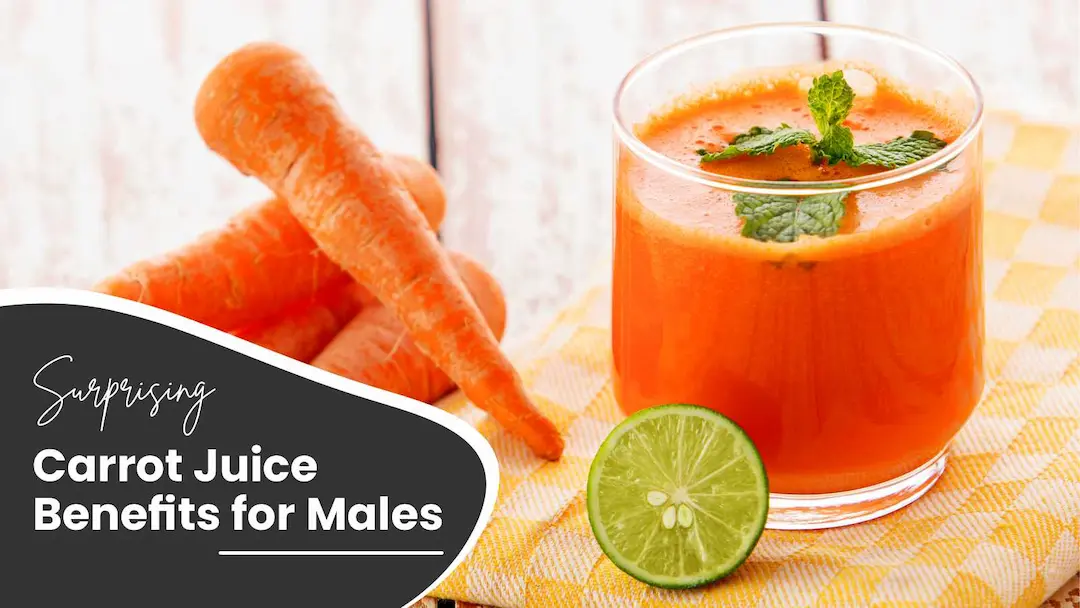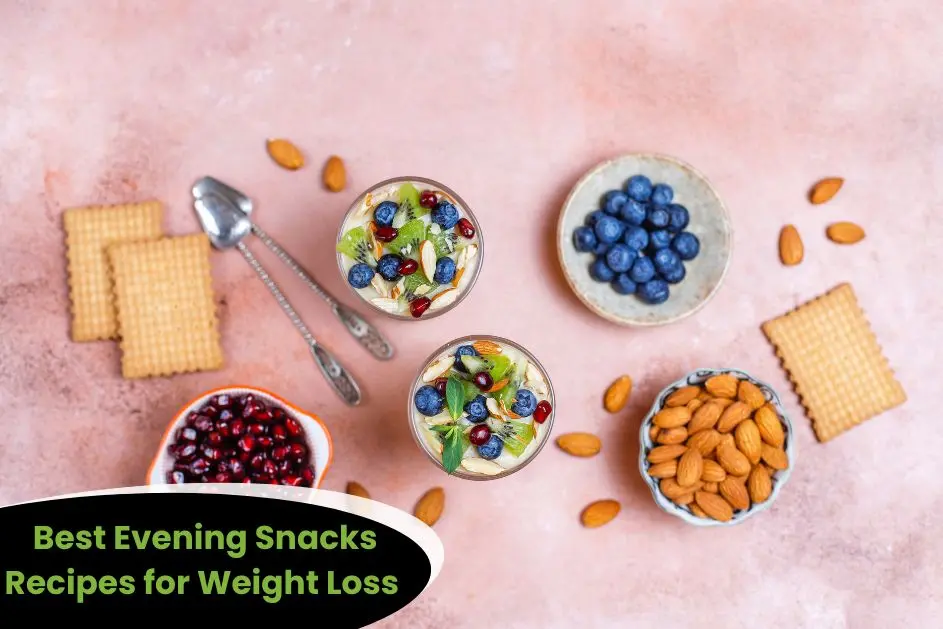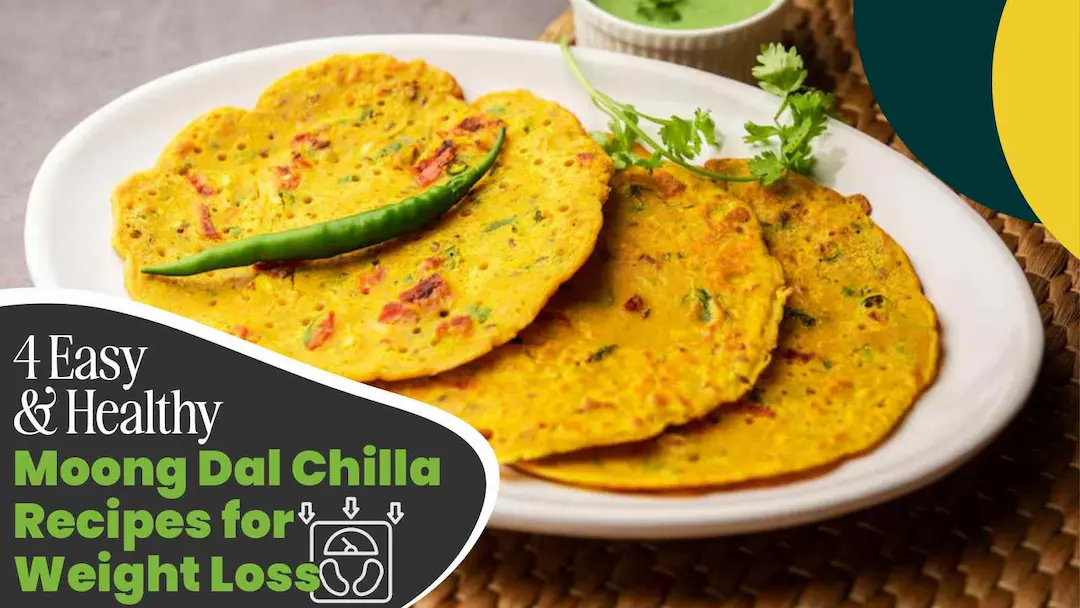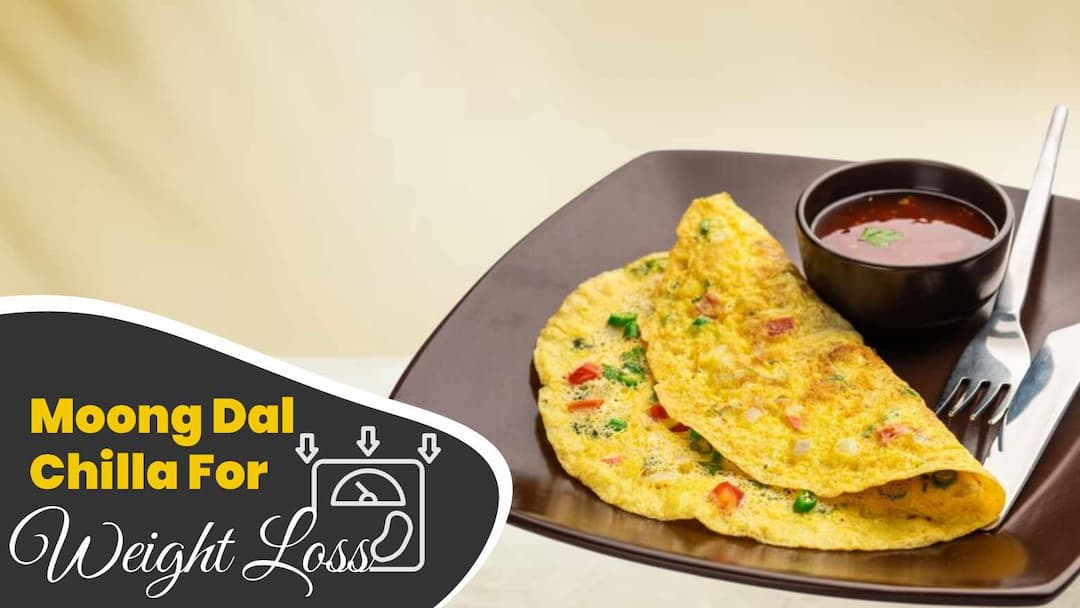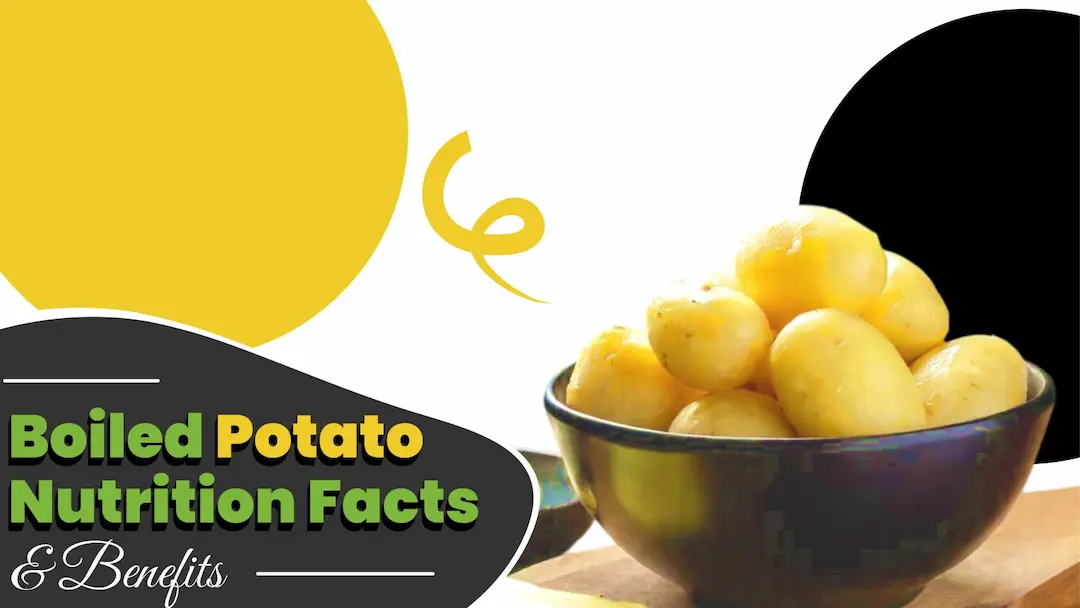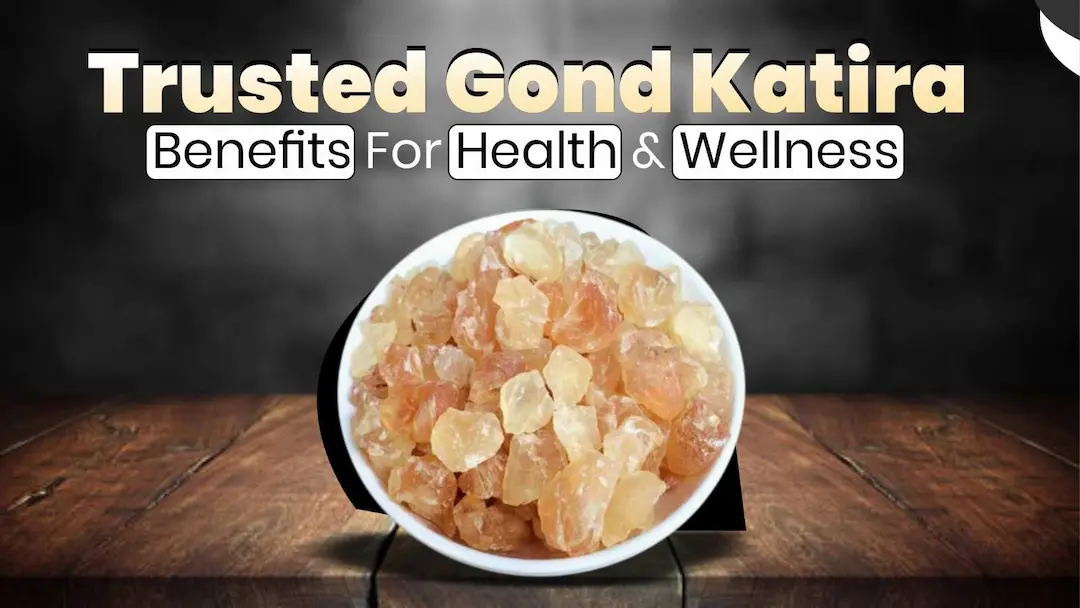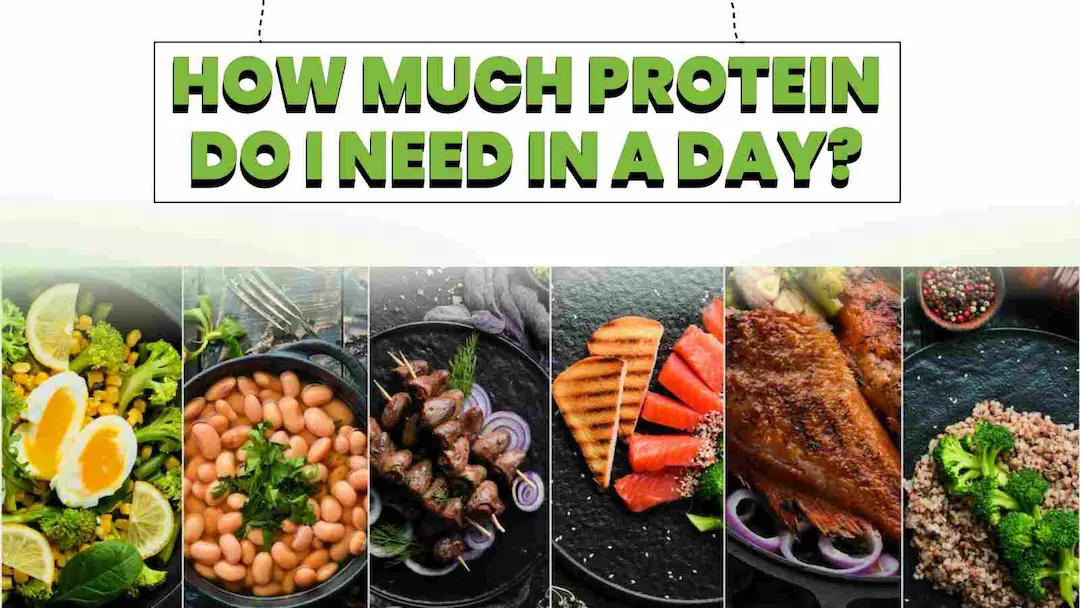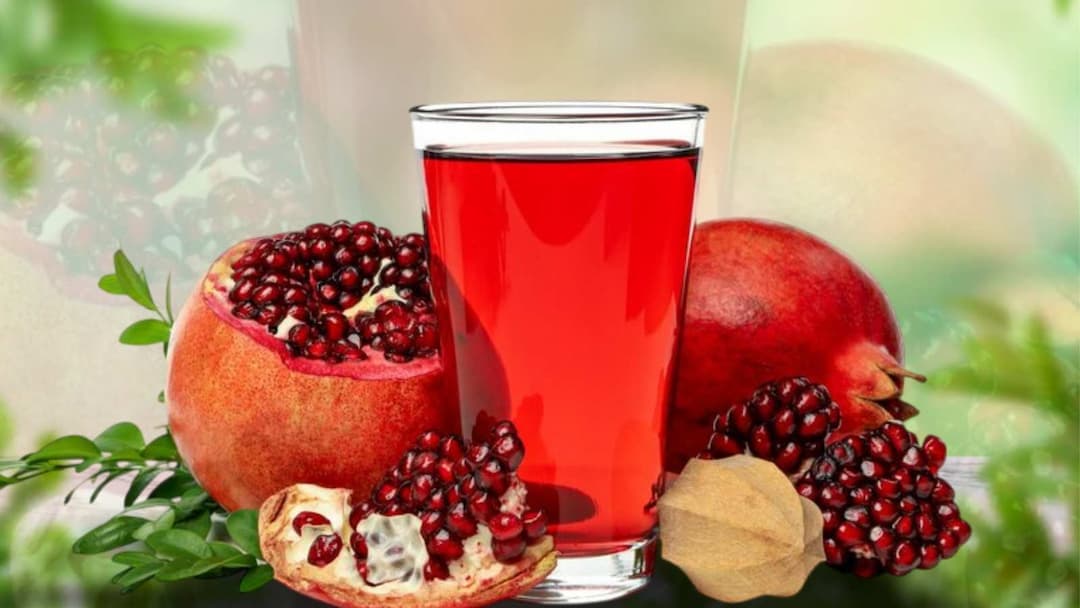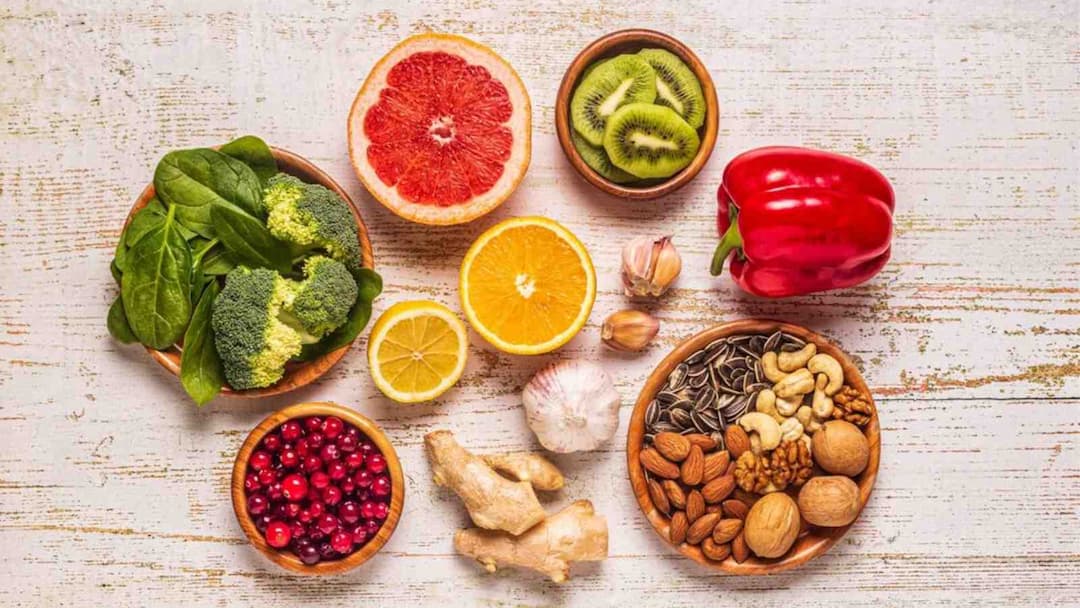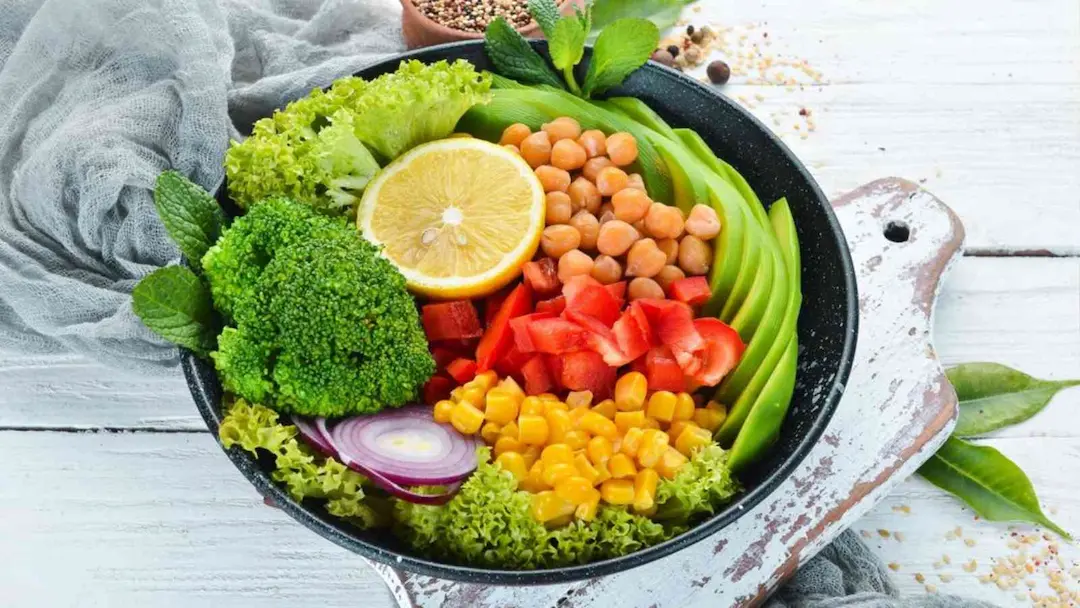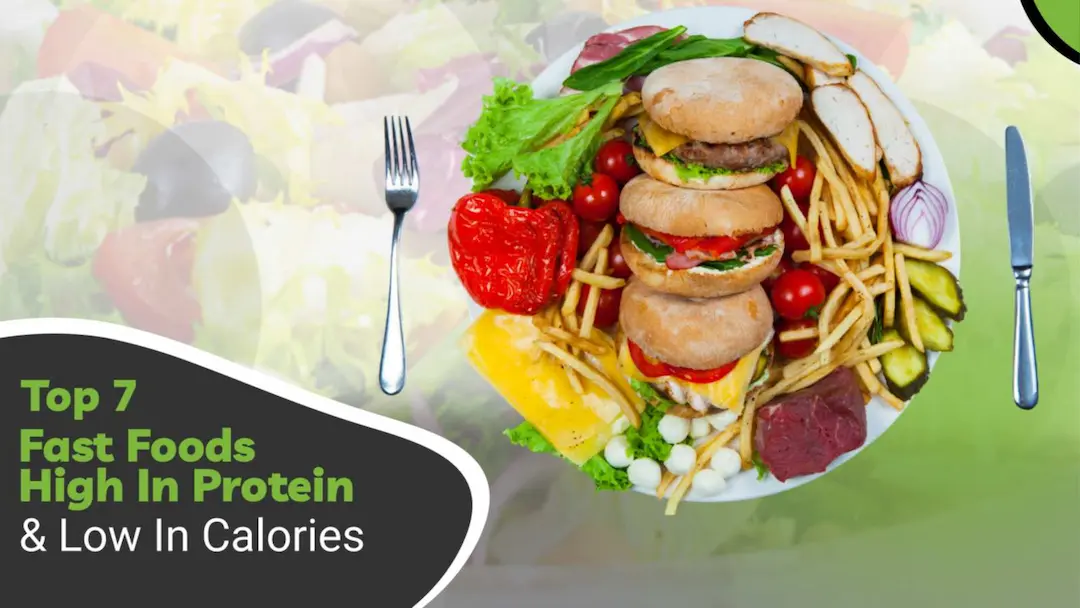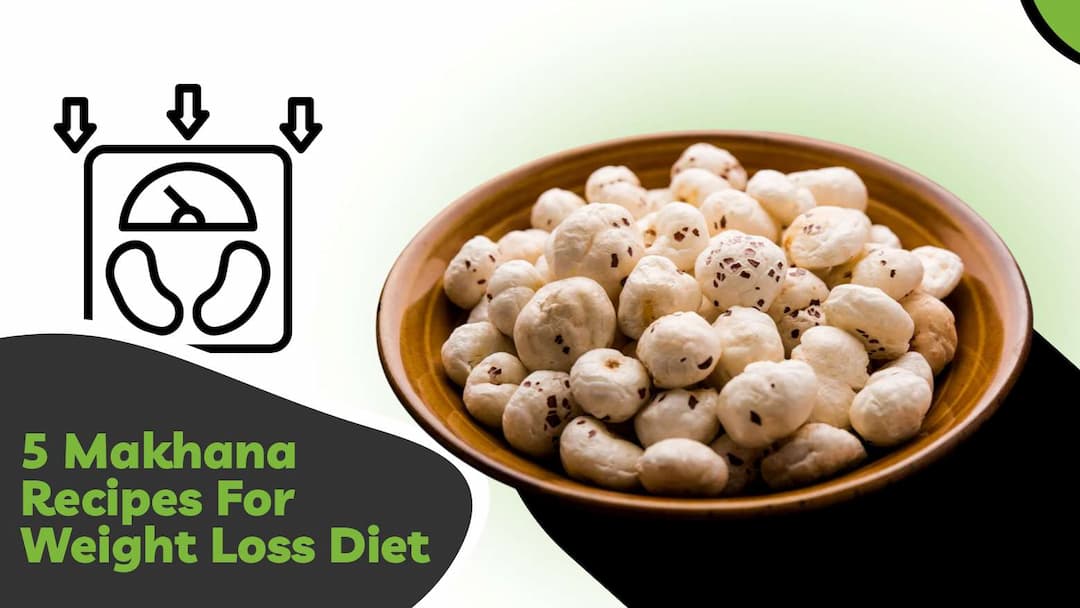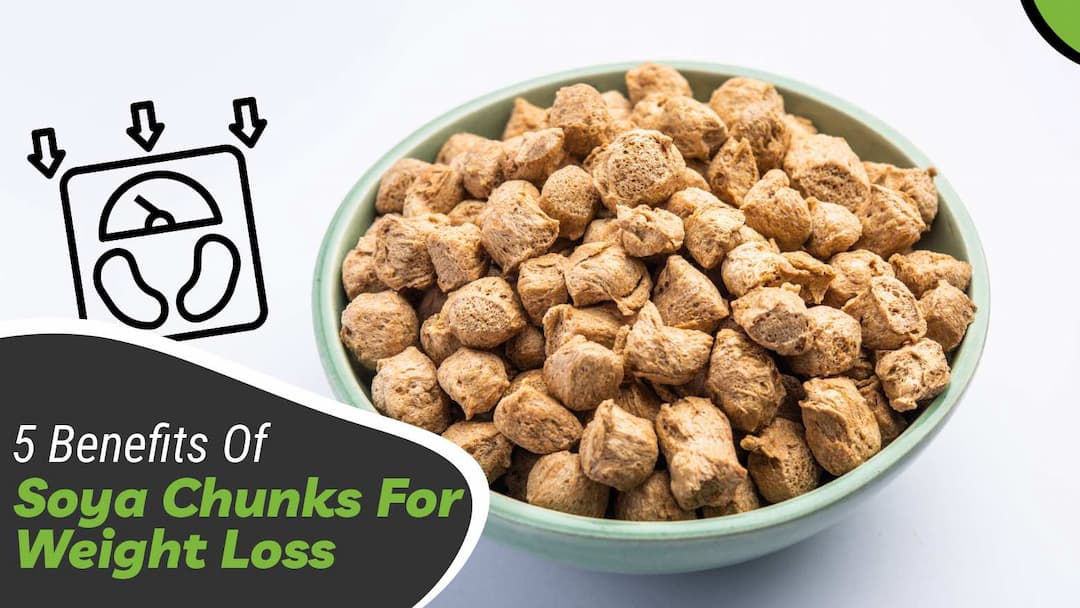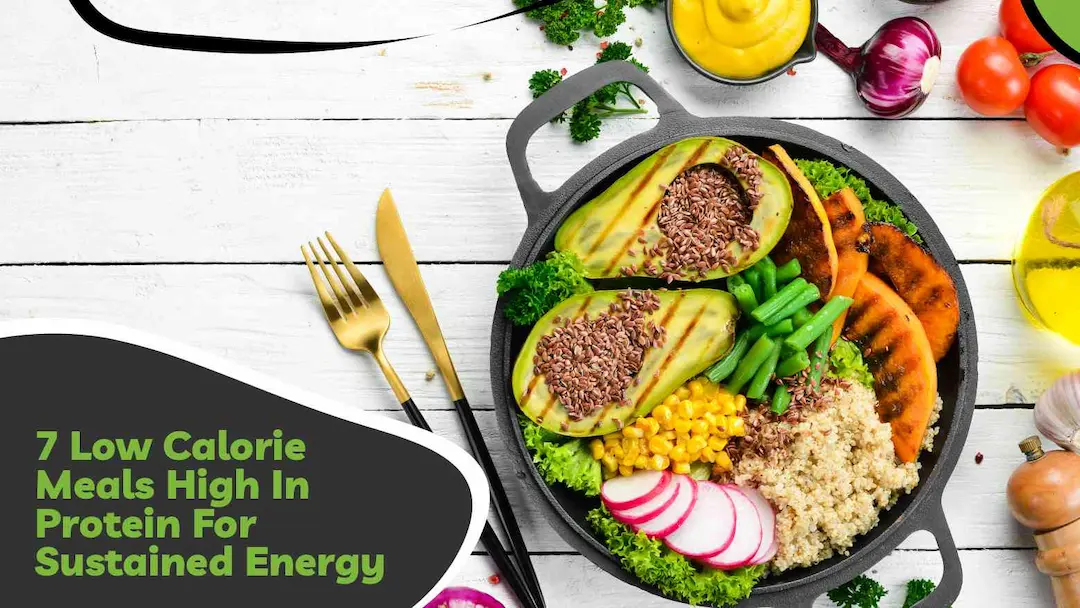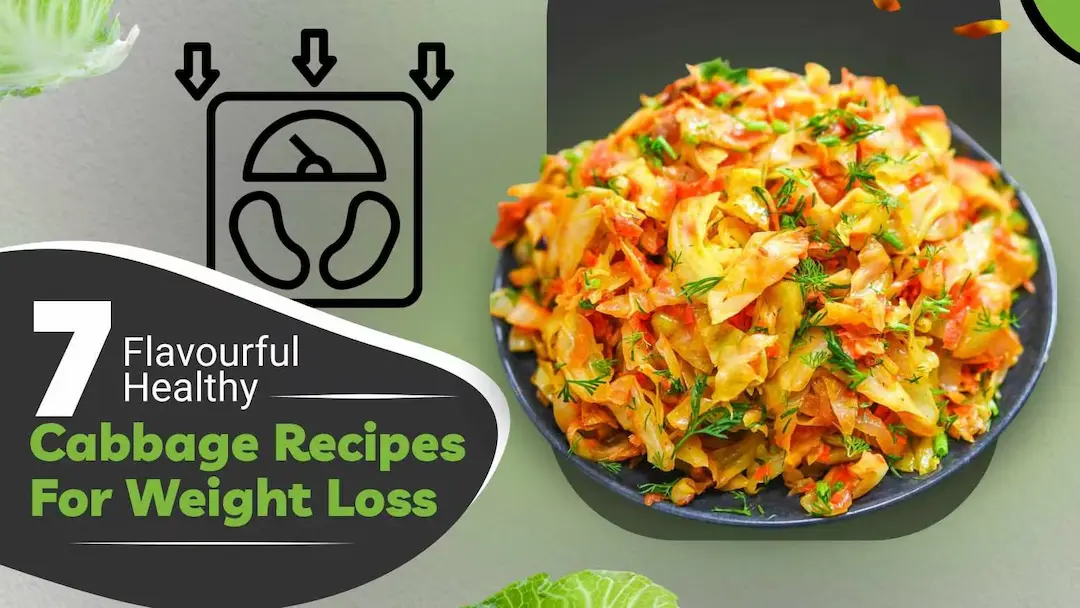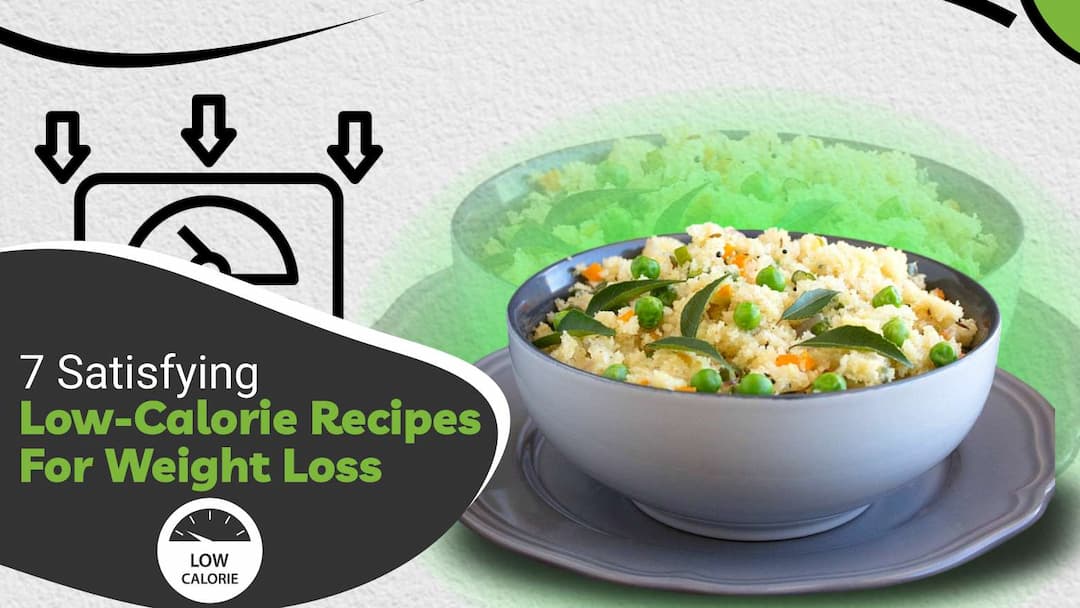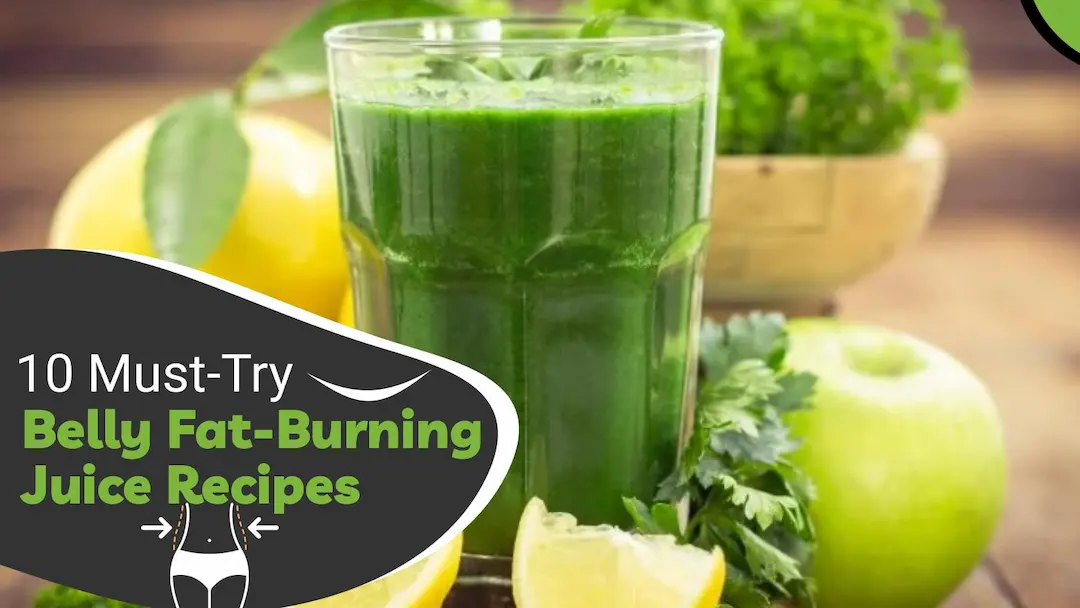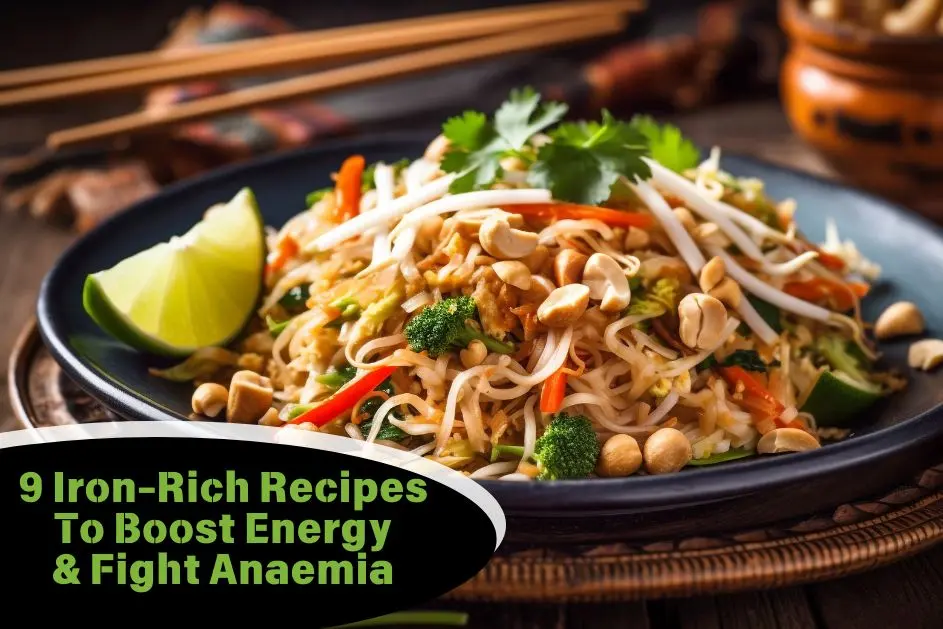Millet is a nutrient-dense whole grain that has become well known for being an excellent addition to diets aimed at weight loss because of its remarkable nutritional profile. It has been a staple worldwide for many millenniums. 2023 can be marked as the year of millets as they were emphasised as a superfood with great promise for improving global nutrition and food security at the 2023 G20 meeting. The summit highlighted the importance of millets in encouraging healthy diets by highlighting their rich nutrient profile, which includes high fibre, protein, and important minerals.
Rich in fibre, protein, and essential minerals like phosphorus and magnesium, millet helps regulate hunger and encourages fullness, which makes it simpler to limit calorie consumption, making them a great option when you are looking to shed a few pounds. Because of its low glycemic index, it releases energy steadily and doesn't cause blood sugar spikes, which might trigger cravings.
Furthermore, because of its adaptability, millet may be used in many recipes, improving diet programs' nutritious content and flavour for weight reduction. By including millet in your diet, you can eat a tasty, healthful meal that helps you achieve your weight control objectives. So, here in this blog, we will learn everything about millet for weight loss, including its nutritional value and benefits, along with recipes and dietary inclusions. Let’s get into the topic now!
Table Of Contents
1. Nutritional Value Of Different Types Of Millets
2. Millet For Weight Loss Recipes
3. Is Millet Good For Losing Weight? 5 Benefits
4. How To Add Millet To Your Diet To Lose Weight?
5. 6 Types Of Millets For Weight Loss
6. Does Millet Have Side Effects?
7. Dietitian's Recommendation
8. The Final Say
9. FAQs
10. References
Nutritional Value Of Different Types Of Millets
Small-seeded grasses called millets are commonly grown for food in many parts of fodder in Asia and Africa. They are drought-resistant and can grow in less fertile soils, making them a sustainable crop. Several types of millet include pearl millet (Bajra), finger millet (Ragi), foxtail millet, barnyard millet, and more. These gluten-free grains make them an excellent alternative for those with gluten sensitivities or celiac disease.
The nutritional value of different types of millet (per 100 gm) are:
Nutrient | Pearl Millet (Bajra) | Finger Millet (Ragi) | Foxtail Millet | Barnyard Millet | Kodo Millet (Kodri) | Little Millet |
Energy (kcal) | 361 | 336 | 331 | 307 | 309 | 329 |
Protein (g) | 11.6 | 7.3 | 12.3 | 11.2 | 8.3 | 9.7 |
Fat (g) | 5.0 | 1.3 | 4.3 | 4.0 | 3.6 | 4.7 |
Carbohydrates (g) | 67.5 | 72.0 | 60.9 | 58.3 | 65.9 | 67 |
Fibre (g) | 1.2 | 3.6 | 8.0 | 9.8 | 5.2 | 7.6 |
Calcium (mg) | 42 | 344 | 31 | 20 | 35 | 17 |
Iron (mg) | 8.0 | 3.9 | 2.8 | 18.6 | 0.6 | 9.3 |
Magnesium (mg) | 137 | 146 | 81 | 160 | 188 | 114 |
Phosphorus (mg) | 296 | 283 | 290 | 280 | 188 | 212 |
Zinc (mg) | 3.1 | 2.3 | 2.4 | 2.0 | 1.1 | 2.5 |
Copper (mg) | 1.1 | 0.5 | 0.6 | 0.5 | 0.2 | 0.5 |
Thiamine (mg) | 0.38 | 0.42 | 0.59 | 0.33 | 0.33 | 0.30 |
Riboflavin (mg) | 0.25 | 0.19 | 0.11 | 0.10 | 0.9 | 0.9 |
Niacin (mg) | 2.3 | 1.1 | 3.2 | 4.2 | 2.0 | 2.5 |
Folic Acid (µg) | 45 | 42 | 9 | 14 | 16 | 6 |
Also Read: Gond Katira For Weight Loss: Ways To Add It In Diet, Recipes And More!
Millet For Weight Loss Recipes
It is no wonder that during the G20 summit last year, millets have become a global sensation, especially for weight loss. This gem is more than just an ingredient–it could be your stable in any diet plan! If you are looking for more such weight-loss meals and recipes, you must visit ToneOp Eats!
Now, let’s look at the following millet for weight loss recipes which you can easily make:
1. Kodo Millet Khichdi
This blend of vegetables and spices is combined with nutrient-rich Kodo millet to create a hearty and filling dish called Kodo millet khichdi. When looking for a filling and healthy dinner idea, Kodo millet is an excellent option because of its low GI and high fibre content.
Ingredients:
- Kodo millet - ½ cup
- Moong daal - 30 gm
- Water - 1 cup/as required
- Mixed Vegetables (seasonal fresh vegetables) - 1 cup chopped
- Coriander (chopped) - 2 tbsp
- Jeera - ⅓ tsp
- Ghee - 1tbsp
- Bay leaf - 1
- Cloves- 2
- Garlic (chopped) - 4 to 5 cloves
- Onion - 1 medium
- Tomato - 1 small
- Cinnamon stick - 1 small
- Chilli powder - ½ tsp
- Curry powder - 1 tsp
- Turmeric powder - ⅓ tsp
- Salt to taste
Preparation Method:
- Allow the Kodo millet to soak for a minimum of 4-5 hours and the daal for 30 minutes. Clean them thoroughly and remove excess water.
- Cook the Kodo (4-5 whistles) and daal (1-2 whistles) separately in a cooker, as the Kodo will take longer to cook than the daal.
- Take a pan and heat the ghee.
- Add jeera, bay leaf, cloves, and cinnamon.
- A few moments later, add garlic and sauté it till it turns golden in colour.
- Then add onion and sauté until translucent.
- Add the mixed vegetables and sauté.
- Include tomatoes and simmer on low heat until they become soft and mushy.
- After you finish, add the seasonings.
- Next, add previously boiled kodo millet and lentils. Stir thoroughly, pour approximately 1 cup of water, and cook in a pressure cooker for 2-3 whistle sounds.
- Release the pressure before opening the cooker. Mix and plate with extra ghee and sprinkle with freshly chopped coriander.
2. Gluten-Free Pancakes
These pancakes, which are made with gluten-free flour like bajra flour, ragi flour, etc., offer a tasty and fluffy breakfast without sacrificing flavour. To improve taste and nutritional value, they are frequently supplemented with extra components like fruits or nuts. Gluten-free Cheela are a fun and adaptable alternative for a nutritious, grain-free start to your day because they are simple to cook and can be tailored to suit a variety of dietary needs.
Ingredients:
- Bajra flour - 40gm
- Ragi flour - 30gm
- Onion - 1 small)
- Carrot - ½ cup, chopped
- Bell pepper - ½ cup, finely chopped
- Chilli and ginger garlic paste -1 tsp
- Oil - 2 tsp
- Turmeric powder - 1/3 tsp
- Chilli powder - 1 tsp
- Salt - as per taste
- Garam masala - ¼ tsp
- Water - As required to make the mixture ( Approximately 1 cup)
- Pumpkin Seeds and Sunflower seeds for garnish
Preparation Method:
- First, mix ragi and bajra flour, veggies, chilli, ginger garlic paste, and spices in a bowl.
- Then, mix together the ingredients by adding the required amount of water. The batter should be a regular pancake batter (not very thick or watery).
- Then, heat the pan and apply oil to it.
- Pour this pancake mixture into the pan and make round, medium-sized pancakes.
- Cook from both the sides of the pancake. You can garnish with ToneOp Care’s pumpkin seeds and sunflower seeds.
- Serve it with green chutney.
Is Millet Good For Losing Weight? 5 Benefits

Here is how millets for weight loss is effective:
1. Promotes Satiety
Because millet has a high fibre level, it helps you feel fuller for longer, which can help you eat fewer calories overall and avoid overindulging. The fibre absorbs water and expands in the stomach, making you feel satiated for extended periods.
2. Regulates Blood Sugar Levels
Millets have a low glycemic index, which avoids blood sugar spikes by ensuring that glucose enters the system gradually. Maintaining energy levels and avoiding cravings are crucial for weight loss; stable blood sugar levels help with both factors.
3. Boosts Metabolism
Millets contain key minerals such as magnesium and phosphorus, which are crucial in energy generation and metabolism. Increasing metabolism can help burn additional calories while resting, which can contribute to weight loss.
4. Reduces Bloating
Millets are easily digestible and less likely to cause bloating than other grains like wheat. Less bloating might result in a more comfortable sensation throughout the day and a flatter stomach.
5. Low In Calories
Millets are naturally low in calories, making them an excellent food choice for weight loss. Replacing higher-calorie grains with millet can help reduce overall calorie intake, aiding in weight management.
It is important to remember that millet is just one key to the big weight loss puzzle. To achieve successful results, you need to follow a balanced weight loss diet plan with proper guidance from a dietitian. That's where ToneOp Fit comes in as your ultimate diet coach.
Our smart eating plans are designed to help you reach your weight loss goals. With a dedicated coach by your side, you'll receive weekly consultations, regular check-ins, and unlimited chat support to stay motivated and on track.
Plus, our massive recipe library offers over 60,000 healthy options using everyday ingredients. Contact us today to start your transformative weight loss journey with the guidance of an expert dietitian and the power of millet-based recipes created to meet your needs.
Also Read: 15 Healthy Indian Snacks With Low Calories For Sustainable Weight Loss!
How To Add Millet To Your Diet To Lose Weight?
Here are the following ways you can add millet for weight loss in your diet:
1. Millet Breakfast Porridge
Start your day with a hearty bowl of millet porridge. Cook your preferred type of millet in water or milk and add fruits like bananas, berries, or apples. You can also add nuts and seeds for extra crunch and nutrition. This breakfast is filling and nutritious and helps maintain energy levels throughout the morning.
2. Millet Salad
Millets do make a delicious salad! Cooked millet can be mixed with fibre-rich foods like bell peppers, tomatoes, cucumbers, and carrots. Combine olive oil, lemon juice, and herbs to create a substantial yet light lunch. Millet salads are a perfect lunch option for those looking to lose weight.
3. Millet Soup
Incorporate millet into soups to make them more filling and nutritious. Add cooked millet to vegetable or chicken broth and veggies like spinach, carrots, and celery. This makes for a hearty and satisfying dinner that is low in calories.
4. Millet Upma
Millets enhance the nutritional value of upma, making this breakfast meal even better. Instead of semolina, you can use millet with veggies and spices to get your energy zap in the morning or as a light, comforting meal for dinner.
5. Millet Roti
Millet roti is a delicious and healthy alternative to regular wheat rotis. Made from millet, these rotis are packed with important nutrients that are great for your body. Millets are full of fibre, protein, vitamins, and minerals, which means millet roti is super nutritious. Another cool thing about millet roti is that millets are naturally gluten-free. This makes millet roti perfect for people who can't have gluten, like those with celiac disease or gluten sensitivities.
6. Millet Smoothies
Add cooked millets to your healthy smoothies for weight loss to get an extra boost of nutrition. Combine millet with fruits like bananas and berries and a scoop of protein powder for a filling and healthy smoothie that is perfect for a post-workout meal.
6 Types Of Millets For Weight Loss
Here are the benefits of different types of millet for weight loss:
1. Pearl Millet (Bajra)
Pearl millet is rich in fibre, magnesium, and potassium. It helps maintain a healthy heart, manage diabetes, and promote weight loss. Its high fibre content ensures prolonged satiety, reducing the likelihood of snacking between meals.
2. Finger Millet (Ragi)
Finger millet is a powerhouse of nutrients, including calcium, iron, and essential amino acids. It is particularly beneficial for strengthening their bones and managing anaemia. Ragi's high fibre content and low glycemic index make it an ideal grain for weight loss.
3. Foxtail Millet
Foxtail millet contains plenty of complex carbohydrates and dietary fibre. It is free of gluten and aids in managing blood sugar levels, making it appropriate for individuals with diabetes. The high fibre in it helps with digestion and can assist in losing weight.
4. Barnyard Millet
Barnyard millet is a low-calorie grain rich in fibre and protein. It helps maintain satiety and reduce overall calorie intake. Because of its low glycemic index, it is a good choice for people with diabetes and those trying to reduce weight.
5. Kodo Millet
Kodo millet is known for its rich protein and fibre content. It aids in blood sugar regulation and encourages weight loss. Its anti-inflammatory qualities further reduce inflammation.
6. Little Millet
Little millet is rich in B vitamins, especially niacin, B6, and folic acid. It is also a good source of essential minerals like iron, magnesium, and phosphorus. Its high fibre content makes it effective in weight loss.
Also Read: Healthy Eating Is Not Boring Anymore! Learn About The 10 Healthy Dinner Recipes To Lose Weight
Does Millet Have Side Effects?
Here are some potential side effects of millets that you need to be aware of:
1. Goitrogenic Properties
Certain types of millet, such as pearl millet, contain goitrogens that may disrupt thyroid function when eaten excessively. Therefore, individuals with thyroid issues should consume millet in limited amounts.
2. Allergies
While rare, allergic responses to millet may occur in certain people. If you experience symptoms after consuming millet, such as swelling, itching, or difficulty in breathing, get medical help right away.
Dietitian's Recommendation
As a nutritionist, I strongly suggest adding millet to your diet for successful weight management or weight loss. These grains, which are rich in nutrients and gluten-free, contain plenty of fibre that helps you feel full and decrease food cravings.
To maximise advantages, swap out refined grains such as white rice and wheat with options such as foxtail, pearl, or barnyard millet. Begin your day with a millet porridge or a millet salad at lunchtime. Choose to eat smaller, more regular meals with millet to keep blood sugar levels steady and avoid overeating. Keep yourself hydrated by drinking enough water when consuming fibre-rich foods to support digestion and manage weight effectively.
Dt. Akshata Gandevikar
The Final Say
Millets are a powerhouse of nutrition and a valuable addition to a weight-loss diet. Their high fibre content, low glycemic index, and rich nutrient profile make them ideal for those looking to shed extra pounds while maintaining overall health.
By incorporating different types of millet for weight loss into your daily meals, you can enjoy a variety of delicious and healthy dishes that not only aid in weight loss but also provide numerous other health benefits. Adding various kinds of millet to your daily diet will allow you to enjoy a wide range of nutritious and tasty foods that will help you lose weight and offer many other health advantages.
FAQs
1. Is it OK to eat millet every day?
Yes, it is really advantageous to eat millet for weight loss every day! For women, especially, it can help prevent heart problems after menopause and regular high BP and cholesterol levels. Because of its high fibre content, it also helps people with gallstones.
2. Which millet is best for belly fat?
While no particular millet can target belly fat, foxtail millet can be somewhat effective. It is rich in fibre and low in calories, making you feel satisfied to avoid overindulging like a pro, which helps overall weight loss.
3. Is millet better than rice for weight loss?
Yes, millets are a better option for managing weight than rice. Millets digest more slowly than other grains, which helps to prolong feelings of fullness and avoid abrupt rises in blood sugar. This is because millets have a lower absorption level of carbohydrates.
References
- https://timesofindia.indiatimes.com/life-style/health-fitness/weight-loss/five-best-types-of-millets-for-weight-loss/photostory/85070498.cms
- https://www.ptcnews.tv/visualstories/health-and-fitness/top-10-millet-recipes-for-weight-loss-and-pcod-137-2023-05-17
- https://www.timesnownews.com/lifestyle/food/recipes/6-millet-breakfast-recipes-for-weight-loss-enthusiasts-article-111062658
- https://yummy-valley.com/millet-for-weight-loss/
- https://asmitaorganicfarm.com/blogs/aof/millets-for-weight-loss
- https://www.nugenomics.in/millets-for-weight-loss/
About ToneOp Eats
ToneOp Eats is your go-to health kitchen, delivering nourishing meals in Bhopal, Indore & Bangalore. The meals are prepared with strategically planned nutrition and portions for your health goal. With just three simple steps, you can subscribe to a meal plan for weight loss, muscle gain, or balanced diet goals. Experience the perfect blend of taste and wellness in our nutrient-dense and calorie-counted range of meals, including protein-rich grills and meal bowls, full of fibre salads & smoothies, workout-friendly protein 30,40,50 meals and refreshing juices!








